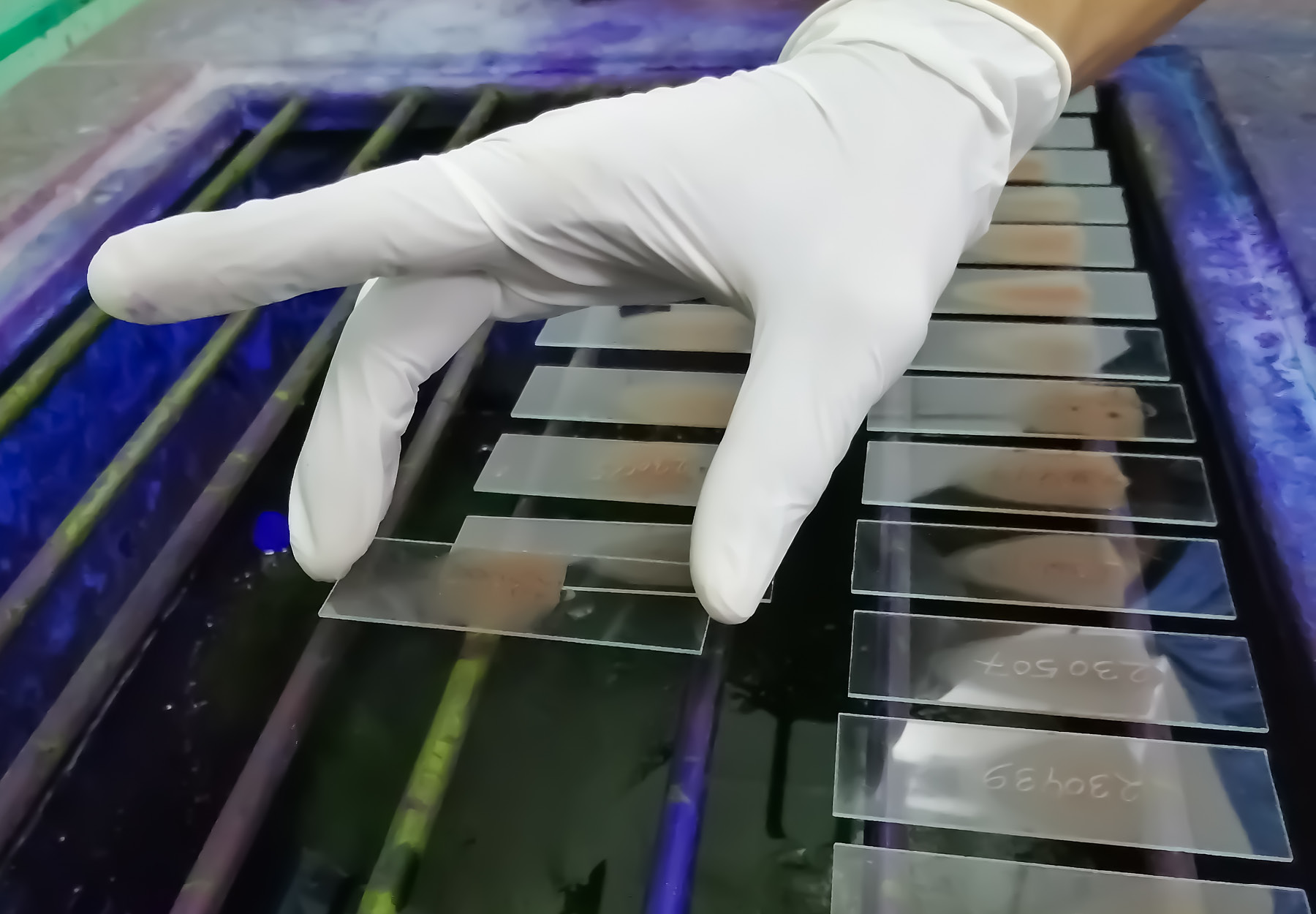Digital Pathology Solutions Cut Whole-Slide Diagnosis Time by 26%
While digital pathology represents the future, the traditional optical microscope, aka, light microscope, remains the go-to tool for viewing whole-slide images in the pathology laboratory. However, a new study makes a strong case for the potential time savings offered by using digital pathology for whole-slide analysis. Digital Pathology vs Light Microscopy Analysis of digital images and videos liberates the pathologist from the microscope and allows for faster access and deeper analysis. Images can be superimposed or linked beyond what physical glass slides would permit to facilitate spatial correlation across slides and stains. By enabling sharing of images in real-time, digital pathology is also ideally suited for telehealth. The New Comparative Study There have been a number of comparative studies demonstrating the advantages of digital pathology over light microscopes. The new study, which was published in the Journal of Clinical Pathology on January 17, 2022, looks at the issue from a slightly different perspective by evaluating a particular application of digital pathology. The researchers’ hypothesis: Presentation of digital slides for simultaneous viewing of multiple sections of tissue for comparison, as in those with immunohistochemical panels, would enable pathologists to review cases more quickly. To test the hypothesis, they asked 16 histopathologists […]

Digital Pathology vs Light Microscopy
Analysis of digital images and videos liberates the pathologist from the microscope and allows for faster access and deeper analysis. Images can be superimposed or linked beyond what physical glass slides would permit to facilitate spatial correlation across slides and stains. By enabling sharing of images in real-time, digital pathology is also ideally suited for telehealth.The New Comparative Study
There have been a number of comparative studies demonstrating the advantages of digital pathology over light microscopes. The new study, which was published in the Journal of Clinical Pathology on January 17, 2022, looks at the issue from a slightly different perspective by evaluating a particular application of digital pathology. The researchers’ hypothesis: Presentation of digital slides for simultaneous viewing of multiple sections of tissue for comparison, as in those with immunohistochemical panels, would enable pathologists to review cases more quickly. To test the hypothesis, they asked 16 histopathologists to review three liver biopsy cases including an immunohistochemical panel using a digital microscope and novel software for viewing synchronized parallel tissue sections on a digital pathology workstation, and three liver biopsy cases including an immunohistochemical panel using a light microscope (a Leica DMR microscope with X 2.5, X 5, X 10, X 20, X 40, and X 100 objectives and X 10 eyepiece. The participants each got a practice slide to familiarize themselves with the microscope prior to the experiment. After counterbalancing for the order of cases and interface, they recorded time to diagnosis and mean times. The findings: Mean time to diagnosis with the light microscope was five minutes 24 seconds, versus four minutes three seconds using the digital microscope, a savings of one minute 21 seconds per case. Overall normalized mean time to diagnosis was 85 percent on the digital pathology workstation, compared to 115 percent on the light microscope, resulting in a relative reduction of 26 percent. There were no major diagnostic errors, the researchers noted. Use of the digital microscope reduced the time for pathologists to make a diagnosis by one minute and 21 seconds per case, or 26 percent faster than coming up with a diagnosis using the light microscope. With appropriate interface design, it is quicker to review immunohistochemical slides using a digital microscope than a conventional light microscope, without incurring any major diagnostic errors, the researchers concluded.Takeaway
The study adds to the growing body of comparative research demonstrating that digital pathology solutions are more time efficient. But, as the study acknowledges, digital pathology also poses significant challenges, including information technology infrastructure, costs, safety, and regulatory requirements. Perhaps the greatest barrier to adoption of digital pathology is the pathologist him/herself. Many, if not most pathologists have grown up with the light microscope, consider it the emblematic tool of the profession, and hesitate to sign out reports based on digital slides alone. Above all, the light microscope is so much simpler to use. At the end of the day, while digital pathology may be the future, weaning pathologists away from their tried-and-trusted light microscopes will require a Herculean effort.Subscribe to Clinical Diagnostics Insider to view
Start a Free Trial for immediate access to this article